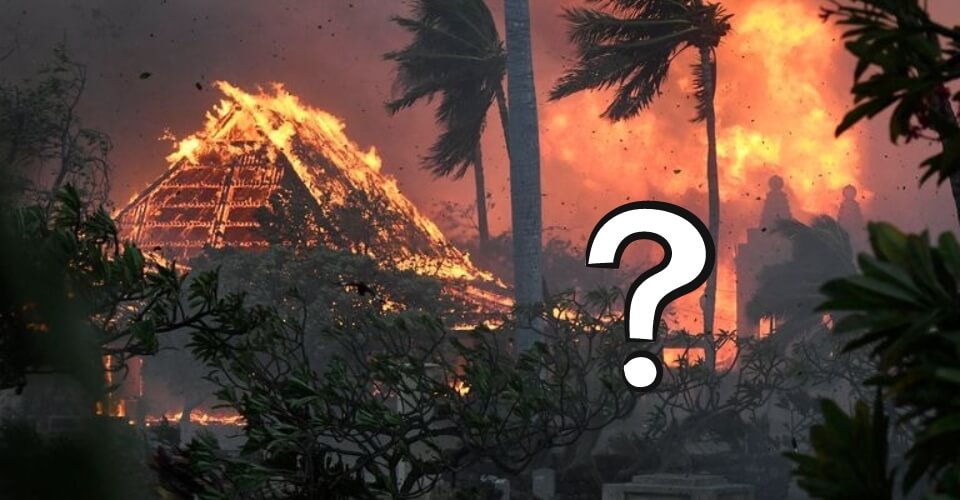Before getting on with the issue at hand, here are two words for context: Climate Change!
Wildfires have become the number one concerning calamity, starting in Canada and affecting millions of lives across borders. From severe air pollution to the states declaring red alert, ramifications of these wildfires are still harboring hazardous living.
Smoky clouds, burning wood smell, yellow hues, obscured vision, and a plethora of health conditions have enveloped the US, specifically in New York, Nebraska, Philadelphia, Detroit, Chicago, and more.
But this is still mild compared to what is happening in Hawaii.
On August 8, the beautiful Hawaiian Islands turned into a flaming nightmare. The wildfires first broke out in Maui. Hurricane Dora, proceeding at 60 mph, unleashed gusts of dry winds in one direction. This category four storm was the catalyst in spreading the spark of flames into a full-blown wildfire.
Hundreds of acres of land were scorched in a matter of hours. The flames were too strong to even grant time for evacuation. The death toll rose 6-fold to 36 reported casualties and multiple emergency admissions. The historic Banyan tree that spread across 0.66 acres of land was susceptible to these fires, concerning the locals.
However, that was the least of the concerns since the following days would bring more harrowing experiences. Due to the extreme drought and arid weather, the pressure difference between the North and the Tradewinds of Hurricane Dora has escalated the fires.
These wildfires hit the island of Lahaina, devasting the beautiful area with the largest census designation. More than 2100 people were rescued in shelters, and over 270 structures, including historical and cultural sites, were destroyed.
This apocalyptic image is a grave reality for the local residents while the first responders are doing their best to save as many as possible. However, the threat looms over the island, potentially towards the areas of Kaanapali and Kapalua.
Is Kaanapali Affected by the Fires?
Kaanapali is one of the areas affected by the widely spreading Maui fires. But the residents can breathe a sigh of slight relief since the fire has not traveled beyond the Lahaina Civic Center yet. This area is just a 4-minute drive from Kaanapali Beach.
According to experts, Kaanapali might not be affected as severely owing to the wind direction that is blowing the smoke away from the beach resort. But as a precautionary measure, the mainland is being evacuated.
Evacuation Updates In Kaanapali
The acting governor of Hawaii, Lt. Sylvia Luke, signed an emergency proclamation and issued an evacuation protocol overnight and into the morning of August 10. Here’s a list of places that have been evacuated so far–
- Maui Island and its sister island Mauna Kea
- Mainland Lahaina
- Kula
- North Kihei
- Wailea
- Big Island
- Kohala Ranch
- Kaanapali is also included in the list, even if it is partially affected
Latest Updates for Tourists: The Westin Kā’anapali Ocean Resort Villas North and The Westin Nanea Ocean Villas and much of the Western Maui coast do not have power, telephone, and internet service.
The mass evacuation of existing visitors ended late Wednesday and resumed at 8:30 am on Thursday, August 10.
Important Information on Evacuation
The bus services will be available at the Whalers Village entryway fronting Kaanapali Parkway.
Landline customers in Lahaina, Kaanapali, Napili, and Kapalua can contact the Lahaina Police Department: at (808) 661-4441 (in case 911 emergency services are not reachable).
West Maui residents can avail themselves of text services to 911 if their call is not processed.
Rest assured, Hawaii state has deployed necessary services, including National Guards, to aid the first responders. We extend our hopes and prayers for Hawaii residents in these difficult times.
What are your thoughts on these excruciating Hawaii wildfires? Do you believe that the legislature must make attempts at climate change issues?
What are your opinions on the rescue operations in the state so far? Let us know in the comments section below.

